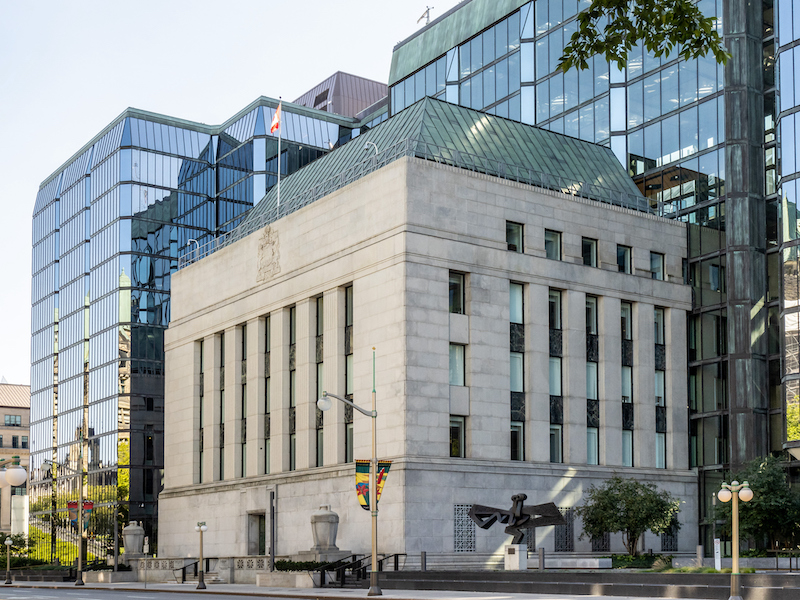
A senior Bank of Canada official says the central bank must be rigorous and transparent in order to maintain the public’s trust.
In a speech in Sherbrooke, Que. explaining the bank’s rate-setting process, Nicolas Vincent, the bank’s external deputy governor and a professor at HEC Montreal, said communicating how interest rate decisions are reached is almost as important as the decision process itself.
He said when the bank cut its key interest rate in July, it said that downside risks to inflation were becoming increasingly important in the deliberations by the governing council, but the message was misunderstood by some.
“Some people interpreted this to mean that we believed downside risks had strengthened,” Vincent said in prepared remarks Thursday.
“What we intended to communicate, however, was that, with the two-per-cent target in sight, we gave increased consideration to the risk that inflation could fall below the target.”
He said the differences in interpretation can be very subtle, which makes choosing the right words all the more important.
The Bank of Canada cut its key interest rate earlier this month for the third time this year to bring it to 4.25%.
The Bank of Canada’s governing council makes its interest rate decisions by consensus, unlike other central banks such as the U.S. Federal Reserve and Bank of England, where members vote.
Vincent said it’s normal that members of the Bank of Canada’s governing council have differences of opinion, but the diversity of experience helps the group have constructive discussions.
“I should also mention that reaching a consensus does not mean that all members of governing council share the same point of view on the economic outlook or the path for interest rates in the coming months,” he said.
“It means that members come to an agreement about the best decision to make at a particular moment in time.”
Vincent was appointed as an external, non-executive deputy governor for a two-year term last year in a bid to help bring diverse perspectives to the central bank’s consensus-based policy-making process.
The central bank’s next interest rate decision is scheduled for Oct. 23, when it will also release its updated economic forecasts in its monetary policy report.